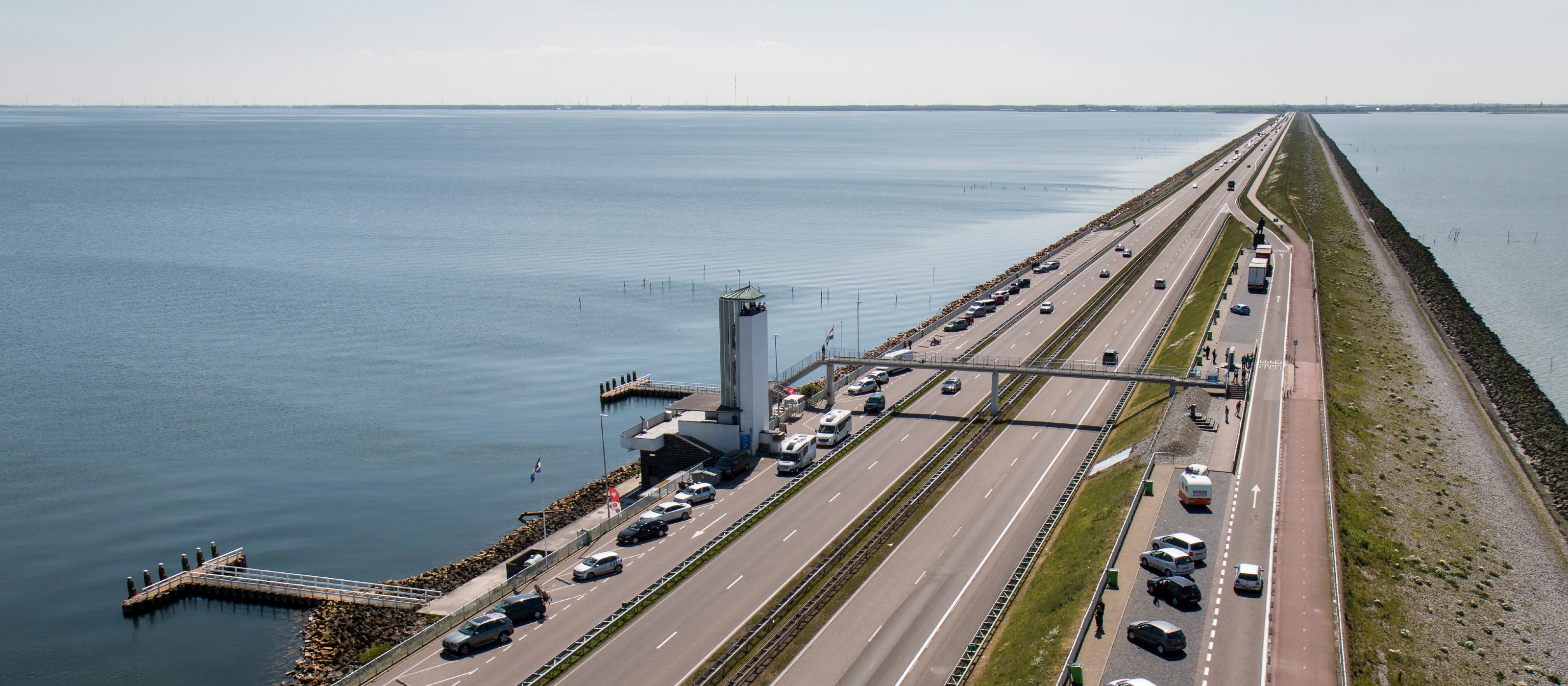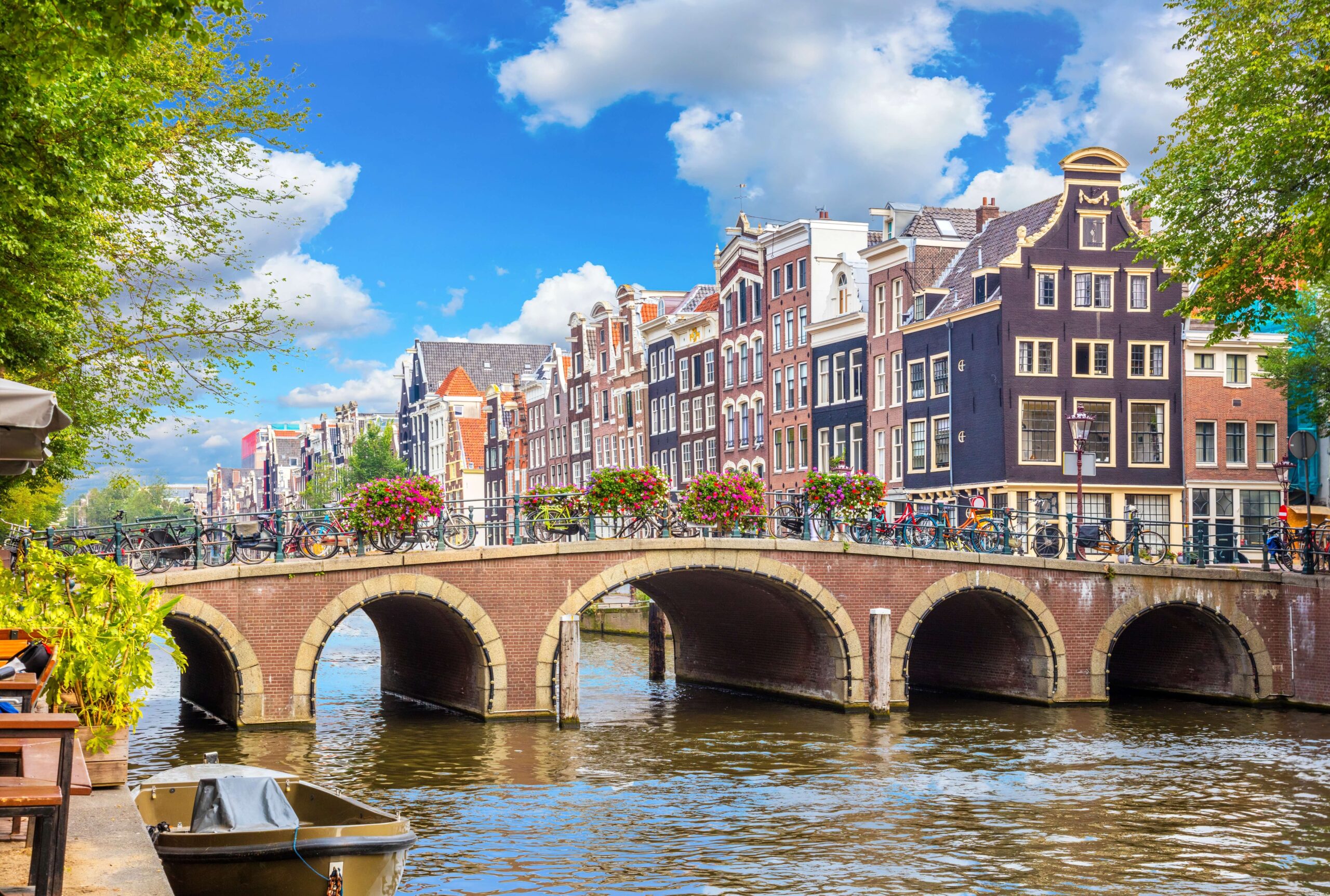How the Preservation and Remembrance of the Past can be a Tourism Draw
bt Carmela Lilly
In the states, a common phrase to hear is that if we don’t learn about history, it is doomed to repeat itself. From everything I have observed in our month spent in the Netherlands, this is not much of a threat. In fact, the creative and still careful ways I’ve seen Dutch history –the good and the bad– preserved here, ensures to me that the Dutch are a mindful people who can evolve from but not ignore their past. From museums to entire towns, the Netherlands has an abundance of history that people travel from all over to experience and learn from.
Starting in Den Haag, the government seat of the Netherlands, I could fully feel the history engulfing me. I recall on our second day in the city, accidentally stumbling upon the parliament building. The chance of “accidentally” stumbling upon historic landmarks seems slim to none in the US, but here I seem to do it everyday.
Den Haag was also the first place that I became privy of the extent of Netherlands’ darker past. Being into geography and history from a very young age, I was aware of Germany’s presence here during World War Two and the past of Dutch Colonialism. Despite what I thought was a decent amount of knowledge, at both the Historical Museum of Den Haag and the Oranjehotel, I was able to hear the Dutch perspective and see what truly went on during these two periods.
I feel like the Dutch have the edge when it comes to World War Two related museums. WHen compared to the US, the Dutch exhibitions just feel more sincere. As astounding as the Holocaust Museum in DC is, in no way can its feeling compare to stepping into a space that was used either by or to escape the Nazi Regime. The Oranjehotel and Camp Westerbork are both places that the Nazi regime used to house their “undesirables,” but I am honestly amazed at how both have been reused to serve Dutch society in their time before memorialization. I was able to learn more about Westerbork, because its multiple uses were heavily discussed at the exhibit.
The many housing accommodations left standing at the camp after liberation served a new use until the 1970s, when the final one was demolished. Likewise to the camp’s original purpose of housing new immigrants, after the war, Westerbork was made home for many Moluccan immigrants, as they wished to escape the indolence war occurring in Indonesia at the time. At first, the Indonesian people that elected to live at the camp believed their time in the mainland of the Netherlands to only be temporary, however many chose to stay in Holland after their homeland was granted independence. My guide for the time I spent up north even said she had a childhood friend that lived in the camp as a child. Ina stated that her friend only had fond memories of the place, and wishes the rest of her life was only as simple as her time living in Westerbork. This is something that we just don’t often see in the US. As soon as a tragedy occurs back home, its location becomes instantly memorialized without second thought to if it may serve the community in more ways than memory.

While my time up north and in Den Haag were filled with accidental and somewhat unannounced history, the time in Rotterdam felt the most like being in a US city. That is because Rotterdam isn’t an important historical city, in fact, that is the complete opposite. Rotterdam’s historical significance is why it looks so new.
During World War Two, Rotterdam was quickly destroyed and overtaken by the Nazi regime in order to capitalize on their port access. The port of Rotterdam was and still is one of the largest and most vital ports in Europe, which makes it a draw within itself. Within the day, Dutch architects began their plan to rebuild the city to serve the changing needs of the country. This rebuild scrapped the canals and windmills that are seen in the rest of the major Dutch cities. There was nothing left standing, everything could be new and exciting. Most of the former canals were drained and turned into roadways to prioritize transportation infrastructure like roadways and tram tracks. One quote I found on the topic of the modern Rotterdam reads: “Amsterdam has it; Rotterdam doesn’t need it.” So, if someone is wanting to experience the stereotypically “Dutch” scenery, Amsterdam is an ideal place. But in Rotterdam, you will be able to observe a very adaptive and vibrant city. The city has been able to overcome its reduction to dust, revitalize, and create its own identity that will carry it into the future.
As we wrap up our time, I am now fully able to agree to the statement: “Amsterdam has it.” Our six days spent within the city were filled to the brim with museums. In my going to the museums, I have done much much more than admire the art. In all the museums, there have been opportunities to learn about the past. In my experience, US museums don’t truly acknowledge where their art came from. However in Holland, every single museum featured the cultural and historical context needed to understand the significance of the art piece and its historical legacy.
These are not easy topics to explain in a museum setting either. For instance, the temporary installation at the Van Gogh Museum was dedicated to his final months living and working. Instead of glossing over his death to shed a brighter light on his legacy, the museum opted to dedicate the final room to mental health and suicide awareness. Another example is that while the bottom floor of the Rijksmuseum was filled with colonial era relics, a great majority of the modern art they curated was about the indigenous perspective of liberation.

This goes to show that the Dutch truly care about remembering their past, though much of it is dark. Rather than turn a blind eye and only remember the shiny glittery parts of the Dutch Golden Age, they put their mistakes on display so that any observer can learn, change, and grow, just like this nation has done.























